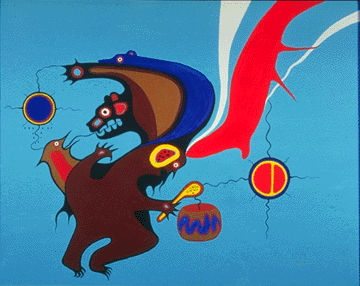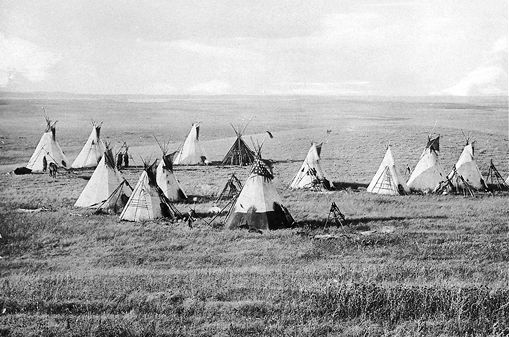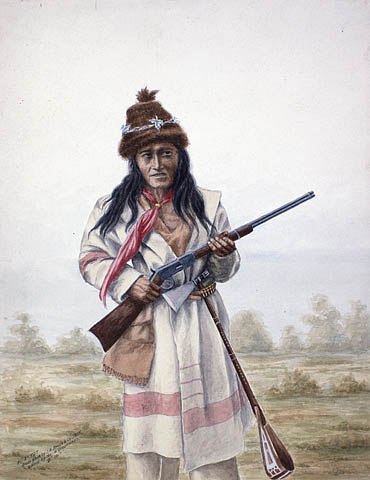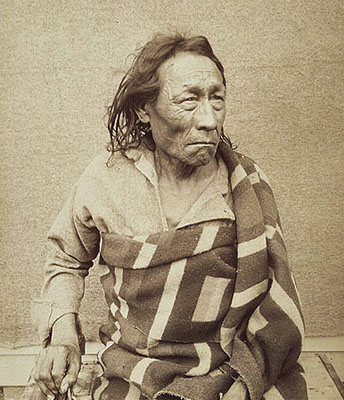Cree are the most populous and widely distributed Indigenous peoples in Canada. Other words the Cree use to describe themselves include nehiyawak, nihithaw, nehinaw and ininiw. Cree First Nations occupy territory in the Subarctic region from Alberta to Quebec, as well as portions of the Plains region in Alberta and Saskatchewan. According to 2021 census data, 223,745 people identified as having Cree ancestry and 86,475 people speak Cree languages.

Origin of the Term “Cree”
The name Cree originated with a group of Indigenous peoples near James Bay whose name was recorded by the French as Kiristinon and later contracted to Cri, spelled Cree in English. Most Cree use this name only when speaking or writing in English and have other, more localized names.
Population and Territory
In the 2021 census, 223,745 people identified as having Cree ancestry. Cree live in areas from Alberta to Quebec in the Subarctic and Plains regions, a geographic distribution larger than that of any other Indigenous group in Canada. Moving from west to east, the main divisions of Cree, based on environment, language and dialect are Plains Cree (paskwâwiyiniwak or nehiyawak) in Alberta and Saskatchewan, Woods Cree (sakâwiyiniwak) in Saskatchewan and Manitoba, Swampy Cree (maskêkowiyiniwak) in Saskatchewan, Manitoba and Ontario, and James Bay/Eastern Cree (Eeyouch) in Quebec; Moose Cree (in Ontario) is considered a sub-group/dialect of Swampy Cree. The suffix –iyiniwak, meaning people, is used to distinguish people of particular sub-groups. For example, the kâ-têpwêwisîpîwiyiniwak are the Calling River People, while the amiskowacîwiyiniwak are the Beaver Hills People.
The Eastern Cree are closely related, in both culture and language, to the Innu (Montagnais-Naskapi) and Atikamekw. Many Cree First Nations in western provinces have blended populations of Ojibwa, Saulteaux, Assiniboine, Denesuline and others. In addition, the Oji-Cree of Manitoba and Ontario are a distinct people of mixed Cree and Ojibwa culture and heritage. Many Métis people also descend from Cree women and French Canadian fur traders and voyageurs. (See also Fur Trade.)
Traditional Life
For thousands of years, the ancestors of the Cree were thinly spread over much of the woodland area that they still occupy. Known as the Ndooheenou (“nation of hunters”), the Cree followed seasonal animal migrations to obtain meat for food and animal hides and bones for the making of tools and clothing. They travelled by canoe in summer, and by snowshoes and toboggan in winter, living in cone- or dome-shaped lodges, covered in animal skins. (See also Architectural History of Indigenous Peoples in Canada.) Many Cree still consider hunting an important part of their culture and way of life; the hunting and trapping of moose, caribou, rabbit and other animals is fairly common in Cree communities.
After the arrival of Europeans, participation in the fur trade pushed Swampy Cree west into the Plains. During this time, many Cree remained in the boreal forest and the tundra area to the north, where a stable culture persisted. They continued to rely on hunting moose, caribou, smaller game, geese, ducks and fish, which they preserved by drying over fire. The Cree also traded meat, furs and other goods in exchange for metal tools, twine and European goods. Plains Cree exchanged the canoe for horses, and subsisted primarily through the buffalo hunt.

 Share on Facebook
Share on Facebook Share on X
Share on X Share by Email
Share by Email Share on Google Classroom
Share on Google Classroom














